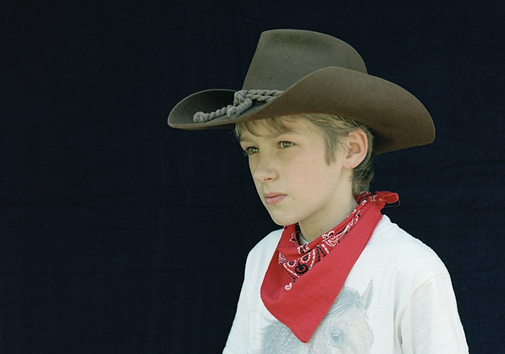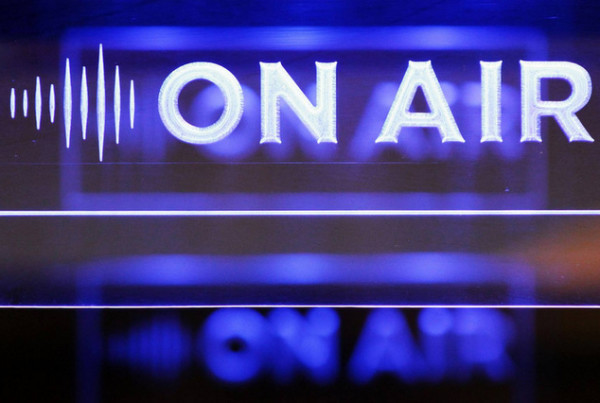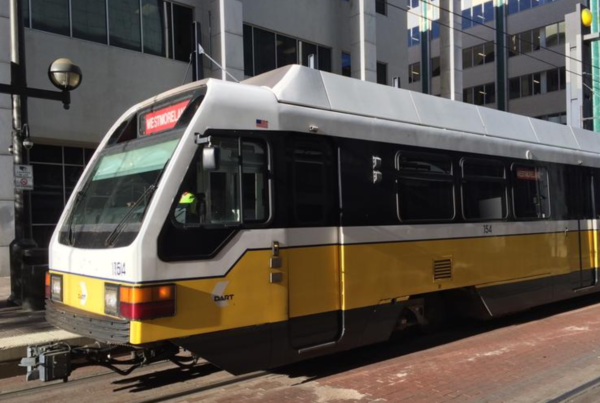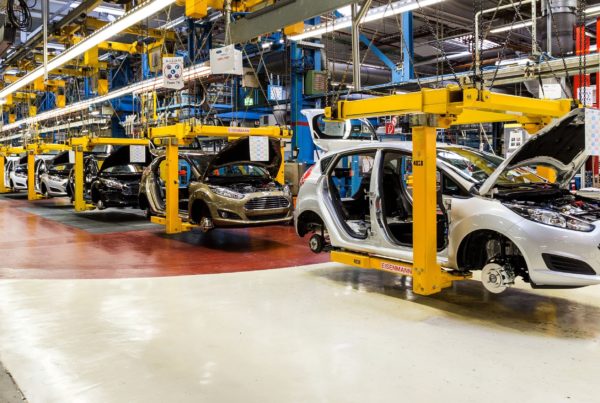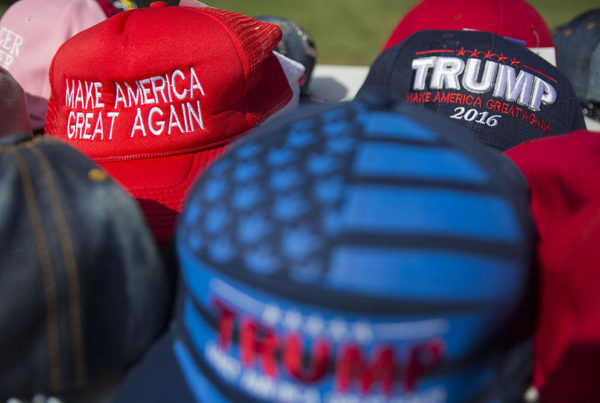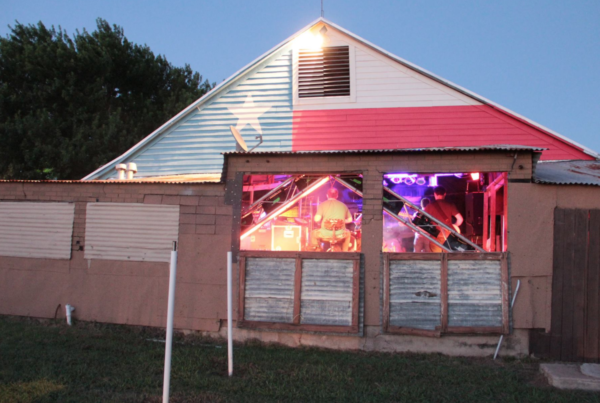The Berlin Wall divided East and West Germany for close to 30 years. In that time, the two sides developed some distinct cultural differences. While the wall came down more than 25 years ago, some of those differences remain – including the East German cowboy.
Eric O’Connell has been photographing cowboys in East Germany for over a decade. His work, “Cowboys: East Germany, Rebels of the Vogtland”, will be featured in an upcoming exhibit at Texas Folklife Gallery in Austin.
O’Connell says he first came across the phenomenon in a book. Since he grew up on a ranch himself, he says he had to go see it.
O’Connell says the appeal first came from the “Cowboy and Indian” dynamic.
“What was glorified was the Indian side of the tale,” he says. “They were against the capitalist west. But the idea grew out of a desire that didn’t exist under communism – which was these ideas of the way we think of freedom and certainly things like the idea of a cowboy as an individual and out there riding the range.”
O’Connell says the East German cowboy culture has reappropriated and reinternalized the ethos of the American western cowboy to integrate some of the good from communism and to push against some of the bad of capitalism.
What you’ll hear in this segment:
– Where you can find an East German cowboy
– What cowboy accoutrement and activities you’ll find in these cowboy communities
– Are people really living the life?


